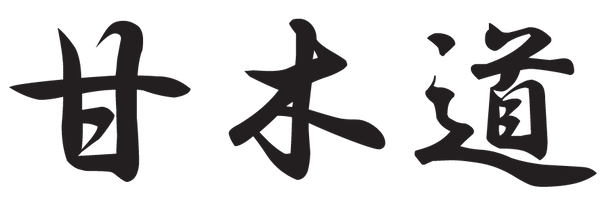The Irabo matcha bowl by Shinsui Ichino
The Irabo matcha bowl by Shinsui Ichino
Couldn't load pickup availability
Tanba Irabo tea bowl - by Nobumi Ichino
The epitome of "wabi" (wabi) created without glaze, using only clay and fire
1. What is Irabo?
Irabo tea bowls originate from the simple Ido-style tea bowls of the late Goryeo period, and are a type of Goryeo tea bowl characterized by their rough texture and iron spots. In Japan, they have been loved by tea masters since the Momoyama period, and have been called "Irabo" because they found charm in their "irritating" rough texture. Shinsui Ichino is reviving that spirit in modern times using clay from Tanba.
2. The beauty of the clay surface without glaze
This piece is not glazed at all, and is clad only in iron-rich clay from Tanba and natural ash from the flames of the climbing kiln. Fine quartz grains sparkle like stardust on the surface, and black iron spots that appear here and there add a sophisticated accent. The roughness that is felt the moment you touch it is the "irritated skin" that is unique to Irabo. The breath of the soil is transmitted directly to the palm of your hand, bringing a rustic charm and warmth to the act of making tea.
3. A design that combines elegance and rustic charm
The neat silhouette that opens smoothly towards the rim is the result of the outstanding wheel skills inherited from the founder. The base is cut slightly lower and light finger marks are left on the inside, achieving both a simple taste and practicality. It provides stability when shaking the chasen and ample space for the tea to rise up gently.
4. A tireless pursuit of clay making and firing
Shinsui Ichino collects rough clay from the mountains of Tanba and leaves it for several years, then kneads it while leaving the stone and iron in, bringing out the rough graininess that is essential to Irabo. By firing the clay for more than three days and nights in a climbing kiln, the ash naturally melts and forms a thin glassy film, and the wabi-sabi look is naturally fixed on the surface of the pottery, even without the use of glaze.
5. The more you use it, the more its charm deepens
Initial impression : The rustic ochre color and sparkling quartz grains are refreshing, giving a sense of purity amidst the roughness.
After several dozen draws : The tea stains have soaked in and the color has taken on a muted dark brown, giving it a more rustic appearance.
Over the years : the rim and inside become more moist, a soft luster connects the roughness, and the piece is transformed into a unique "grown-up appearance."
6. Handling Instructions
Before use, rinse lightly with water to moisten the surface.
After use, rinse quickly with lukewarm water, wipe off excess water with a cloth and dry thoroughly.
Please refrain from using detergents or soaking the product in water for long periods of time as this may impair the clay's natural breathing ability.
This Tanba Irabo tea bowl was created by Ichino Shinsui with only earth and fire. Its rough texture and rustic appearance bring out the vividness of the green of the matcha tea, bringing a quiet rustic atmosphere to the tea ceremony. Please use it for many years to come and enjoy the scenery of wabi that deepens with time.
History of pottery making
- 1957: Born in Tachikui, Tanba as the eldest son of the first Shinsui
- 1980: Started making pottery in Tachikui, Tamba. Selected for the Prefectural Exhibition.
- 1983: Received the Cultural Association Award at the Prefectural Crafts and Arts Exhibition
- 1984: Received the Association Award at the Prefectural Crafts and Arts Exhibition and became a member of the Prefectural Crafts and Arts Artists Association.
- 1985: Selected for the All Kansai Art Exhibition
- 1986: Selected for the Japan Crafts Association Kinki Exhibition
- 1989: Selected for the Tea Ceremony Art Exhibition, Osaka Takashimaya Two-person Exhibition, Japan Traditional Crafts Exhibition for the first time, Toyota Sogo Three-person Exhibition
- 1990: Selected for the Japan Traditional Crafts Exhibition
- 1991: Selected for the Tea Ceremony Art Exhibition, Osaka Takashimaya Two-person Exhibition, Prefectural Crafts and Arts Exhibition, Kobe Shimbun Grand Prize
- 1992: Selected for the Ikebukuro Seibu Horaikai Exhibition, the Tea Ceremony Art Exhibition, and the Japanese Traditional Crafts Exhibition
- 1993: Selected for the Tea Ceremony Art Exhibition, Selected for the Japan Traditional Crafts Exhibition, Certified as a full member of the Japan Crafts Association, Received the Kobe Shimbun Grand Prize at the Prefectural Crafts and Arts Exhibition
- 1995: Solo exhibition at Osaka Takashimaya, selected for the Tea Ceremony Art Exhibition, selected for the Japanese Traditional Crafts Exhibition
- 1996: Selected for Gallery Kurimoto solo exhibition and the Japan Traditional Crafts Exhibition
- 1997: Solo exhibition at Osaka Takashimaya, selected for the Exhibition of Tea Ceremony Art, solo exhibition at Mito Keisei Department Store, solo exhibition at Gallery Eikosha
- 1998: Solo exhibition at Gallery Kurimoto, selected for the Exhibition of Tea Ceremony Art, solo exhibition at Daikokuya, solo exhibition at Osaka Takashimaya
- 1999: Selected for the Tea Ceremony Art Exhibition, Toyoda Sogo solo exhibition
- 2000: Selected for the Tea Ceremony Art Exhibition
- 2001: Selected for the Tea Ceremony Art Exhibition, and the 16th Japan Ceramic Art Exhibition "Tanba Tea Caddy"
- 2002: Changed his name from Katsuaki to the second generation "Ichino Shinsui", was selected for the Exhibition of Tea Ceremony Forms, and held the Ichino Shinsui Succession Exhibition at Osaka Takashimaya and JR Nagoya Takashimaya
- 2003: Selected for the Tea Ceremony Art Exhibition, Japanese Ceramic Art Exhibition, Japanese Traditional Crafts Exhibition, solo exhibition at Yonago Takashimaya, Gallery Momoyama, and Kobe Daimaru
- 2004: Solo exhibition at Houeidou, solo exhibition at JR Nagoya Takashimaya
- 2005: Selected for the Tea Ceremony Art Exhibition, Selected for the Japanese Ceramic Art Exhibition, Solo Exhibition at Gallery Kurimoto, Solo Exhibition at Kyoto Takashimaya
- 2006: Solo exhibition at Yonago Takashimaya, Osaka Takashimaya, Shimonoseki Daimaru, Gallery Tsuboya
- 2007: Exhibited ceramics from Hyogo, selected for the Japan Traditional Crafts Exhibition, solo exhibition at JR Nagoya Takashimaya
- 2008: Selected for the Japan Traditional Crafts Exhibition, Gallery Kurimoto solo exhibition
- 2009: Solo exhibition at Osaka Takashimaya and Yonago Takashimaya
- 2011: Selected for the Japan Traditional Crafts Exhibition
- 2014: Selected for the Japan Traditional Crafts Kinki Exhibition
- 2015: Selected for the Japan Traditional Crafts Kinki Exhibition and the Japan Traditional Crafts Exhibition
- 2016: Selected for the Japan Traditional Crafts Kinki Exhibition and the Japan Traditional Crafts Exhibition
- 2017: Selected for the Japan Traditional Crafts Exhibition
- 2018: Selected for the Japan Traditional Crafts Exhibition
- Reiwa 4: Selected for the Japan Traditional Crafts Exhibition
Share
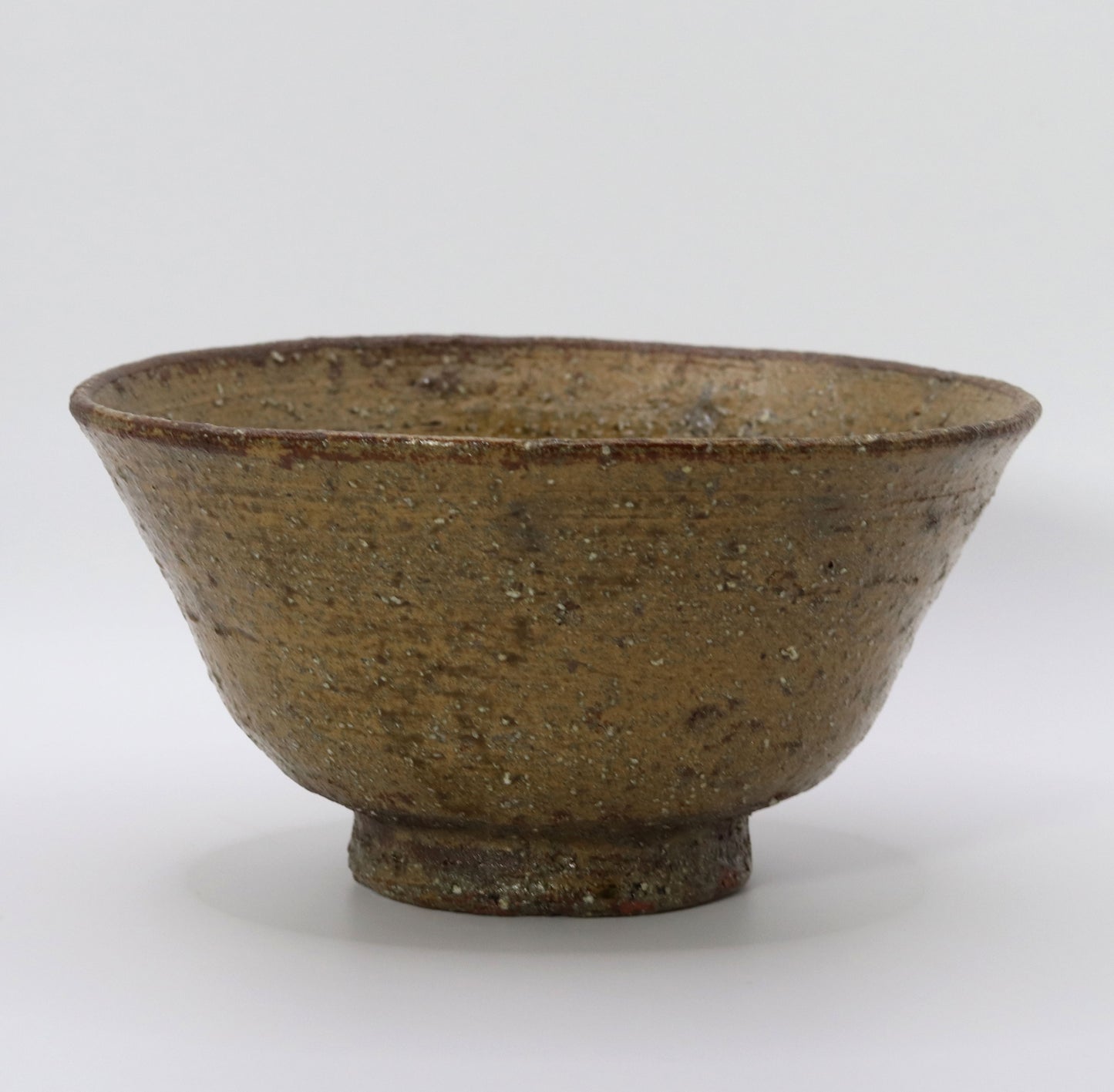
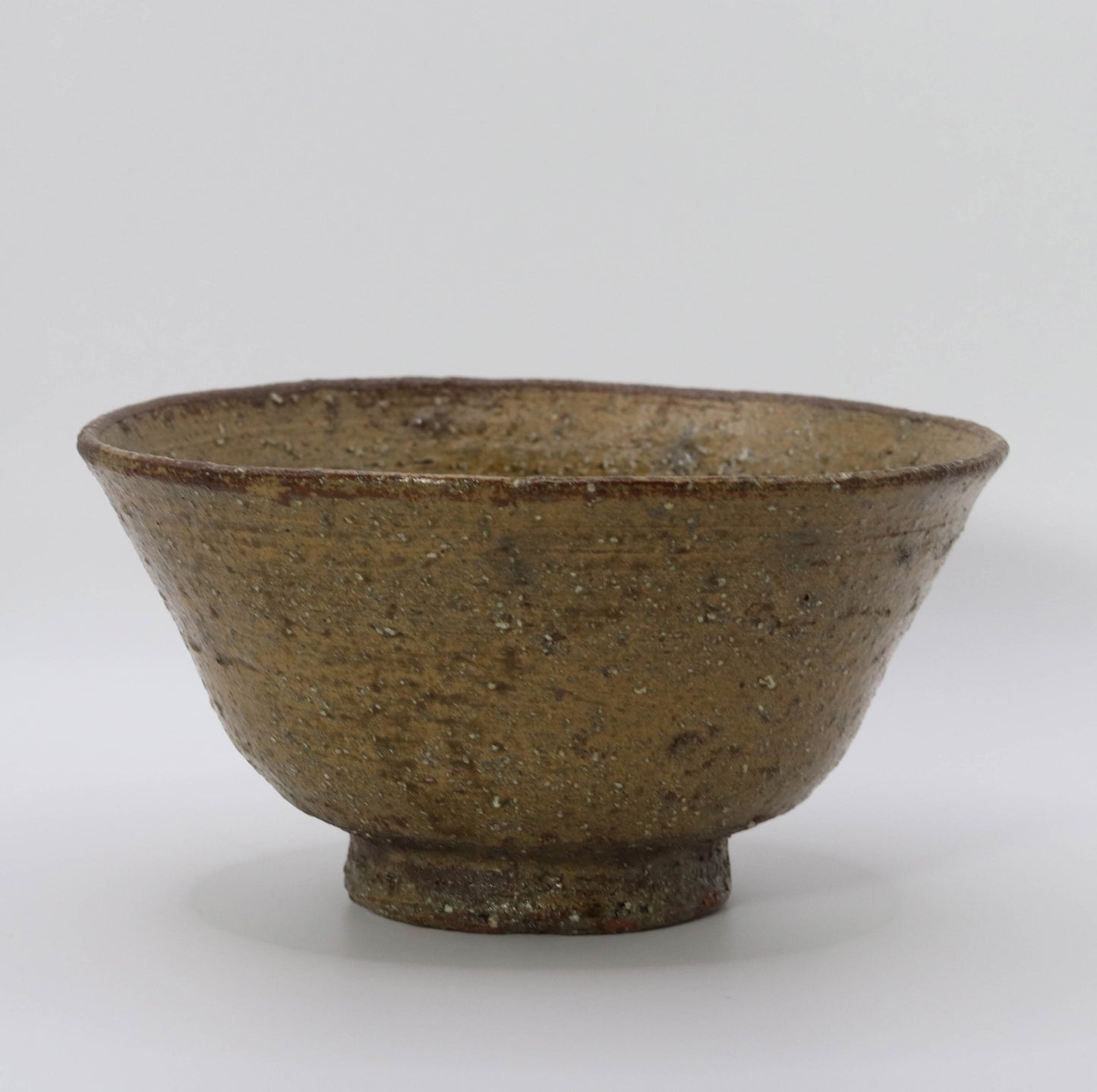
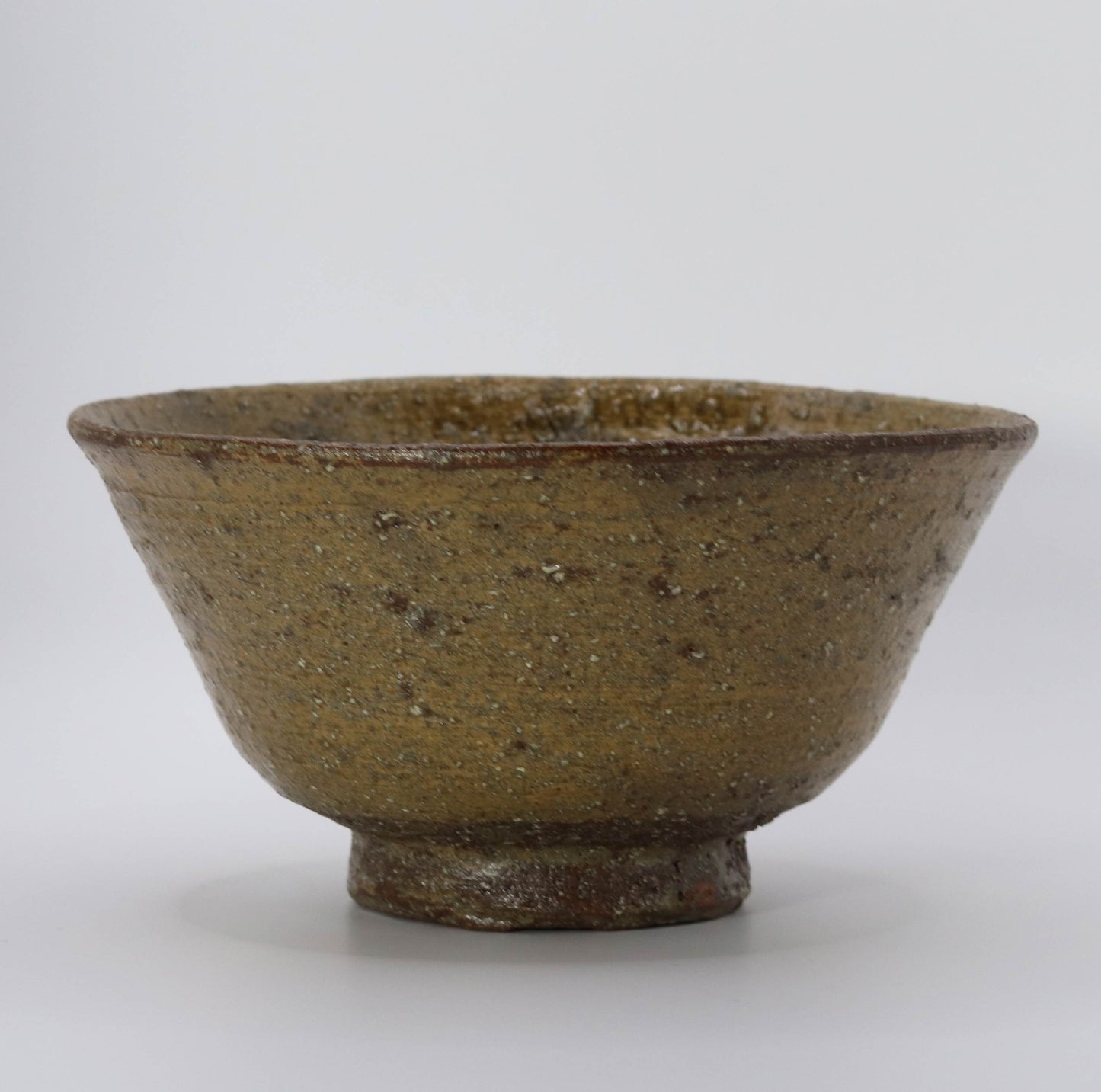


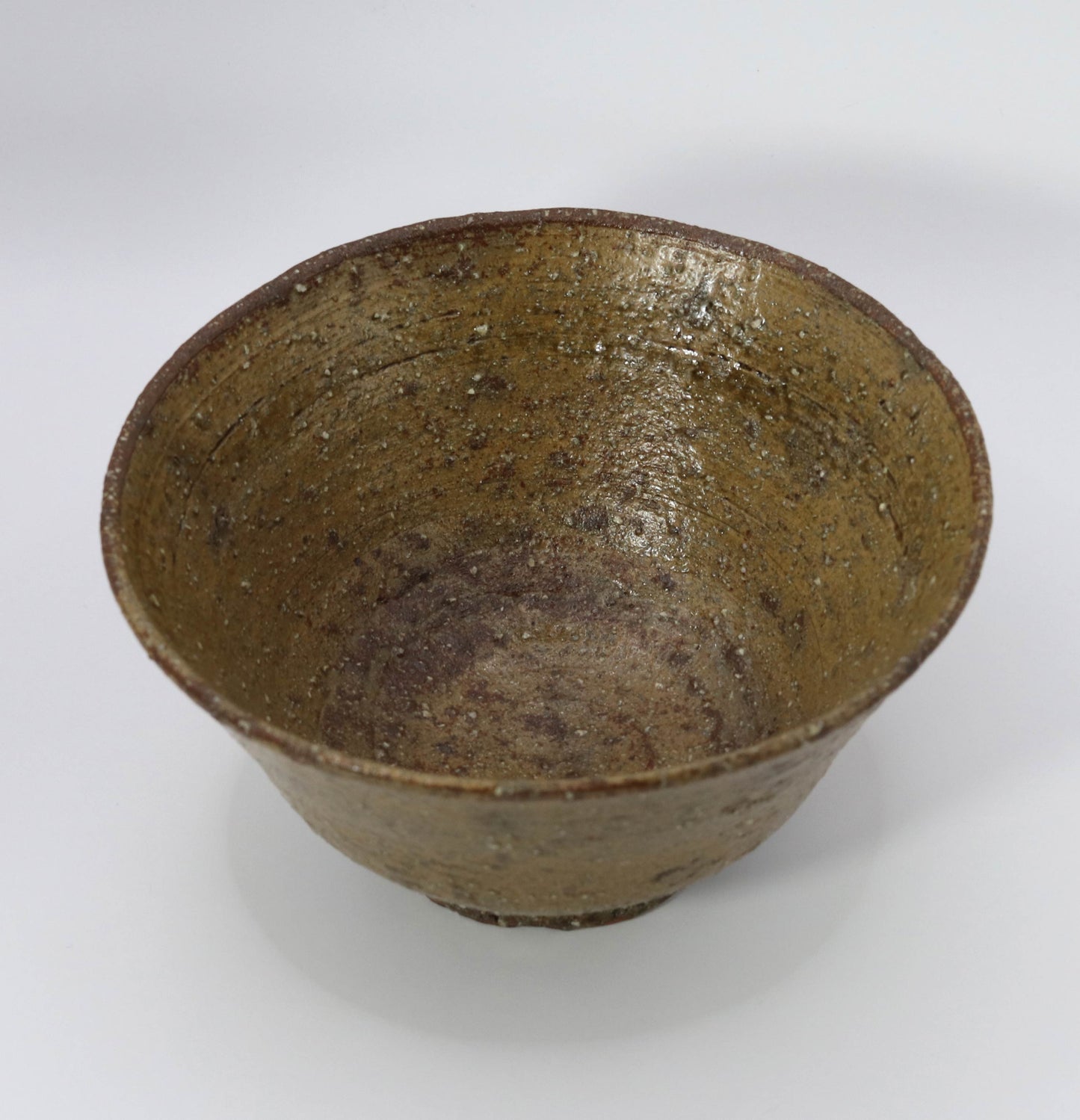
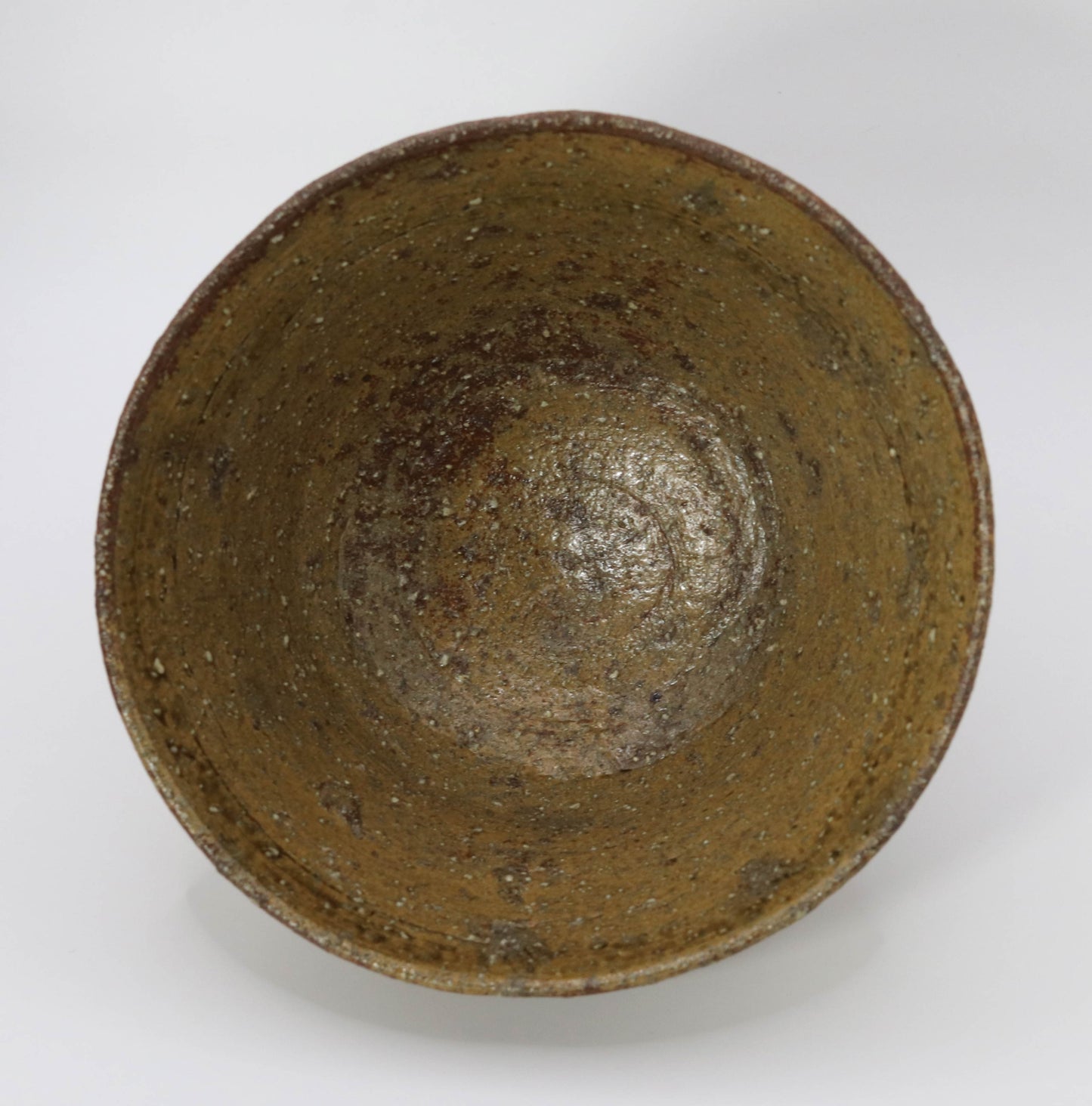
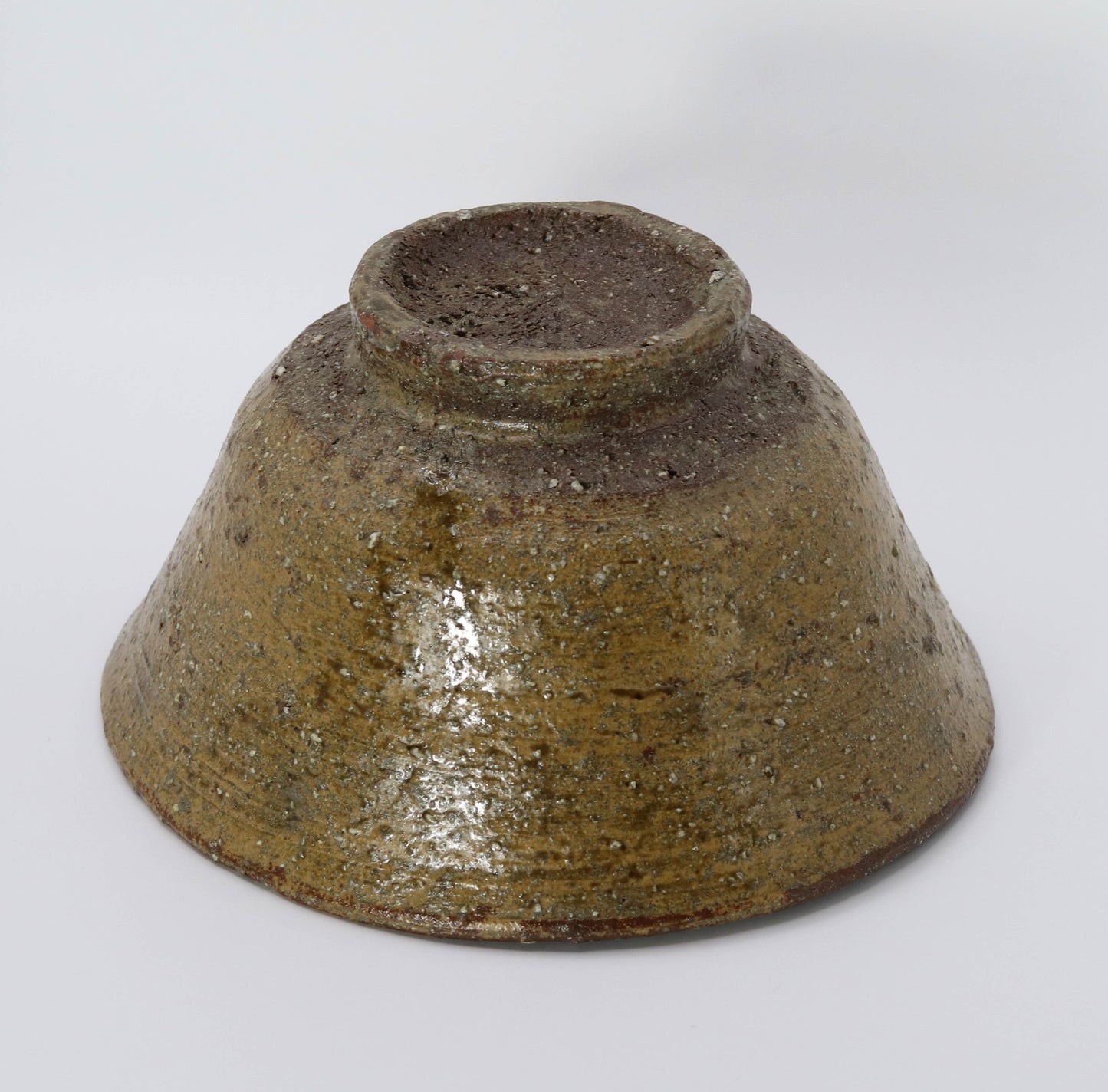
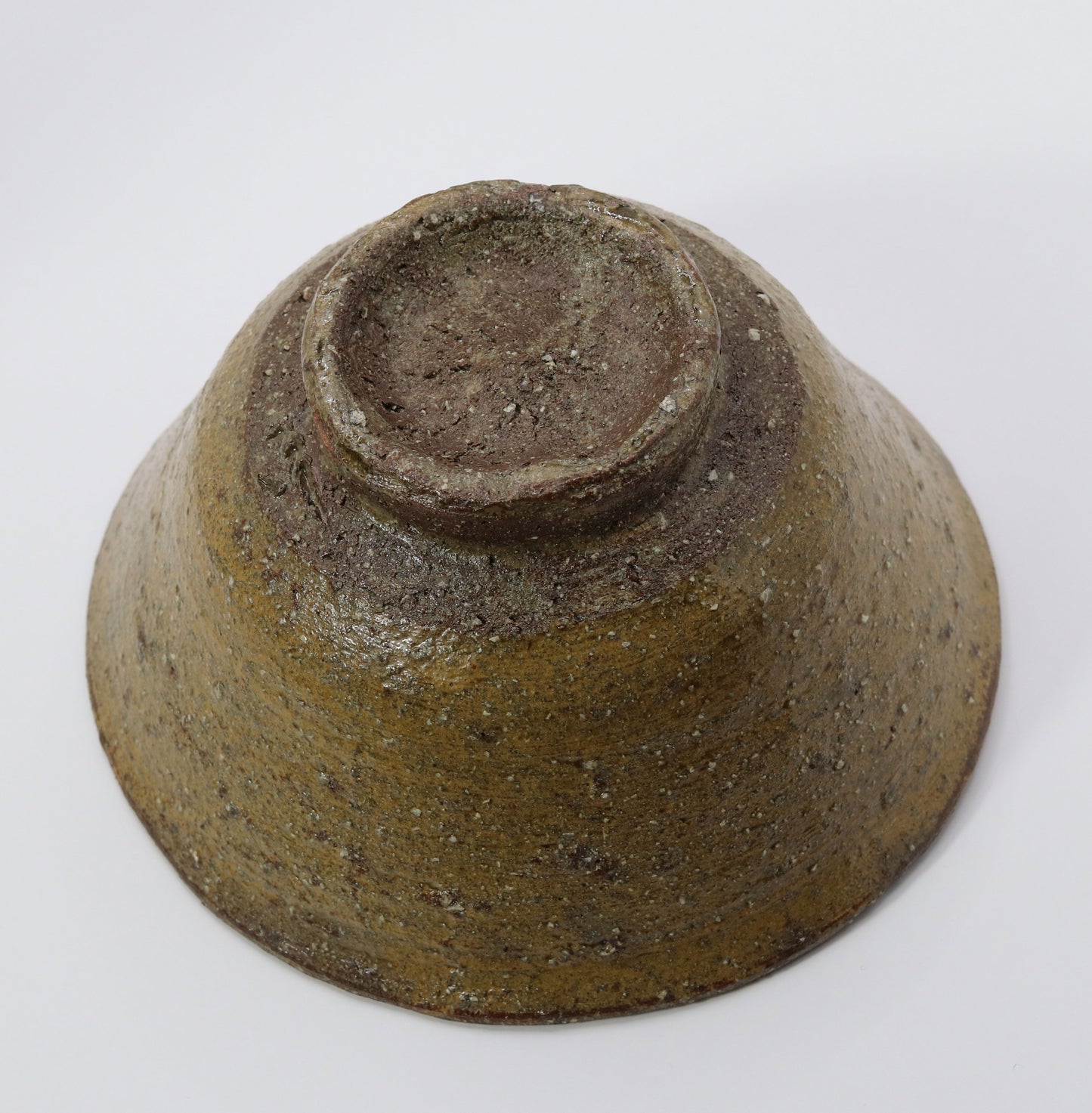
Multi-Column
-
[I will send it to you quickly and carefully]
We carefully package each product in a way that suits it best.
Also, delivery times vary depending on the piece (vessel, etc.).
Items that already come with a box will be shipped within 1-3 days of the order date.
For items that require a box to be made after your order, it will take approximately 30 days for production to be completed and then shipped.
In either case, once we have confirmed your order, we will contact you by email to inform you of the delivery date.
-
[Requests when purchasing pottery]
Even products that look the same may differ slightly in color, shape, size, etc.
The way the glaze is used, the power of the kiln, the firing method, the season, and the humidity also affect the appearance of the pottery.
Please understand the individuality of each piece of pottery and enjoy the unique warmth of handmade.
